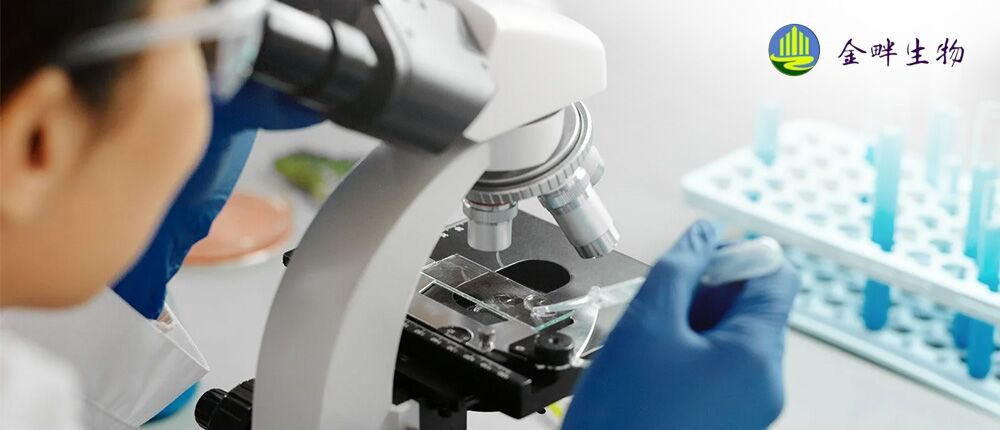UniWells™ Horizontal Co-Culture Plate
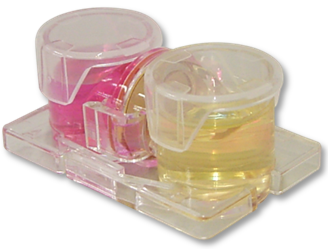
UniWells™ Horizontal Co-Culture Plate is an ideal co-culture device that connects two wells laterally.
The horizontal connection provides easy viewing of cells in both wells simultaneously using various types of microscopes.
It is a versatile tool for studying cell-cell interactions such as transport, migration, and invasion.
- Instruction
- Features
- Excellent points
- Kit Contents
- Example of use – Uptake of exosomes –
- Instructions for use
- Medium volume
- Product List
- Related Information
Features
- Simultaneous observation using a time-lapse microscope
- No more filter clogging
- Cells are cultured under the same condition (used same material on the bottom)
- Filters of any membrane types and pore sizes are usable
- Both wells are independent (connect in a free combination)
Excellent points
Both cells can be cultured under the same medium volume
-
Conventional co-culture plate
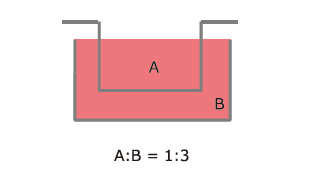
Medium volume in A is more than in B and cell secreted factors A are diluted in B. -
UniWells™
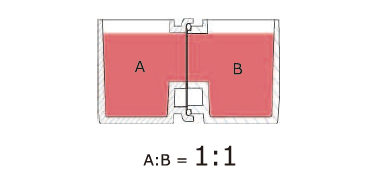
Medium volume are the same between A and B
Filter is prevented from being clogged by cells
-
Conventional co-culture plate
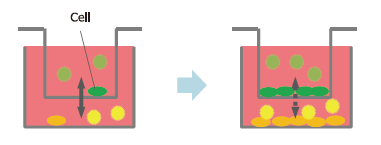
The filter is clogged by cells cultured in the upper well, which leads to interfering with the migration of cell secreted factors between the upper and lower wells. -
UniWells™

The filter is NOT clogged by cells.
Kit Contents
UniWells™ Horizontal Co-Culture Plate (384-14421)
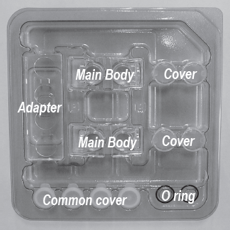
| Main Body A | ・・・2 |
| Main Body B | ・・・2 |
| Cover | ・・・4 |
| Common Cover | ・・・4 |
| Adapter | ・・・1 |
| O-ring | ・・・2 |
| [Note] The filters are sold separately | |
Example of use – Uptake of exosomes –
UniWells™ Horizontal Co-Culture Plate enables the observation that exosomes derived from cell B permeate the filter and are uptaken by cell A.
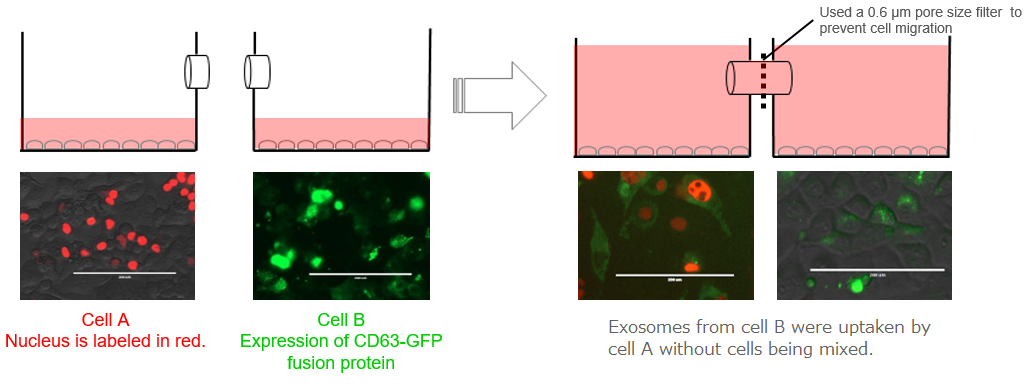
Comparison of permeability testing of exosome between conventional co-culture plate and UniWells™
- Cells were seeded to be the same cell numbers into the upper well in conventional co-culture plate and one side well in Uniwells™.
- Co-culture started after 24 hours from cell seeding.
- Exosome densities of the cell side and medium side were analyzed.

Instructions for use
-
Connected use
Wells are connected by fitting a filter, O-ring and cover.
※The filters are sold separately.
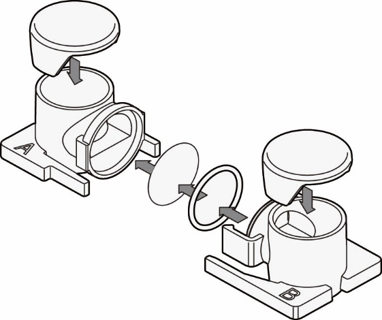
Connection methods are as below;
A)Connect the wells cultured independently by aspirating the culture solution once.
B)Connect first and increase the volume of the culture solution to achieve co-culture
-
Single use
Fit a common cover and cover to a well.
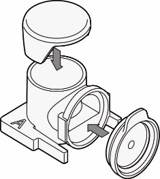
Use in a microscope
Set wells to the adapter provided.
※The adapter is attached to the main unit.
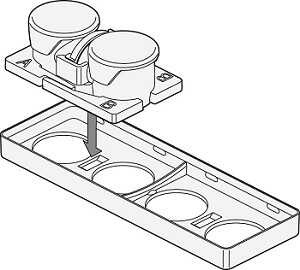
Medium volume
|
A medium volume of less than 400 μL is not shared between the wells. 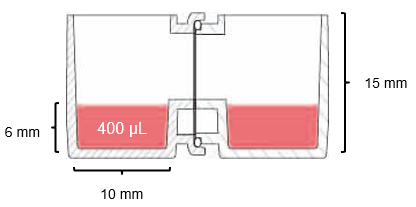 |
The maximum medium volume on each well is 1.8 mL. 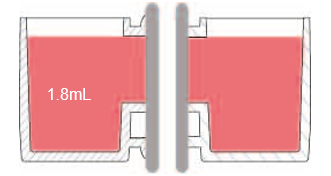 |
Product List
- Open All
- Close All
UniWells™ Horizontal Co-Culture Plate
UniWells™ Filter 0.6 µm
UniWells™ Filter 0.03 µm
UniWells™ Adapter 96
Related Information
Category
- Cell Culture
- Cell Culture Plasticware
- Life Science
- Exosome Research
Content
- Novel Tool Box for EVs Therapy in Regenerative MedicineWako Blog
- MSC-derived extracellular vesicles isolated by PS affinity method have high anti-inflammatory and anti-fibrotic effects. Extracellular vesicles (EVs) are small and lipid bilayer particles released by…
- Co-culture studies to decode ‘biological PINs’ and exosomesWako Blog
- Recently, it has become evident that extracellular vesicles, including exosomes, play a major role in the communication of various cells in biology. As such, there has been a dramatic increase in the …
- Why are exosomes getting a lot of attention?Wako Blog
- First described over 30 years ago, exosomes are now being explored with great interest, particularly regarding their involvement in various diseases and in the development of targeted therapies. Exoso…
- Proteome analysis of exosomesWako Blog
- Exosomes are secretory microvesicles derived from intracellular vesicle trafficking pathways, which are involved in the extracellular release of unwanted molecules or delivery of molecules to distant …
Product content may differ from the actual image due to minor specification changes etc.
